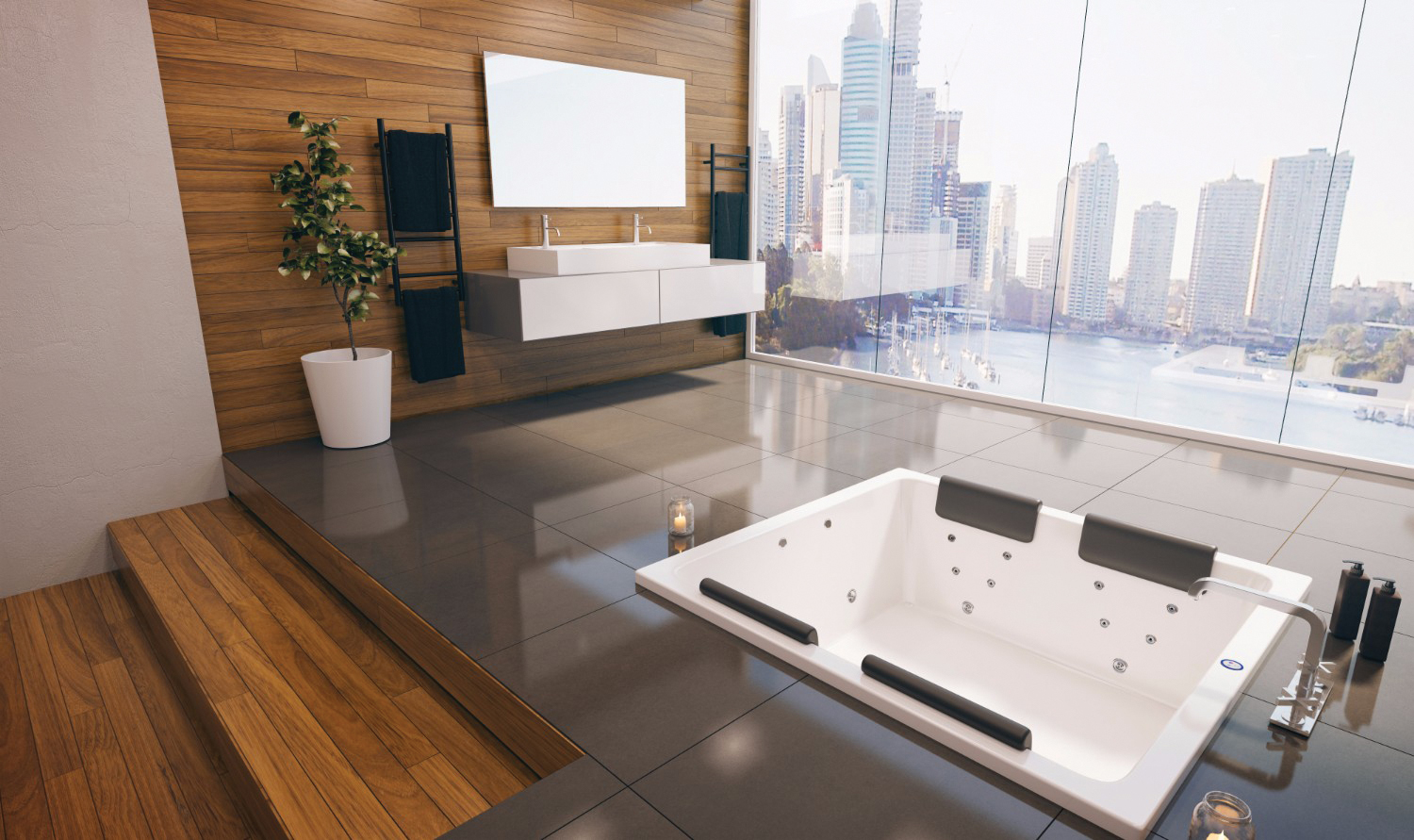
Innovations in HVAC Technology for Cannabis Cultivation
In the fast-growing cannabis industry, maintaining the best environmental conditions is crucial for plant health and product quality. One of the major components of this can be found in the HVAC (Heating Ventilation, Heating, as well as Conditioning) system. Conditioning) system. Proper HVAC design in the cannabis cultivation facility ensures that plants get the proper amount of light, temperature, humidity, and air circulation. Here’s a complete guide for knowing the fundamentals of cannabis HVAC layout.
1. Temperature Control
Cannabis plants thrive within specific temperatures, typically between 65degF and an 80degF temperature (18degC up to 27degC). Variations in temperature can cause stress to plants and affect yields. In the vegetative phase, slightly cooler temperatures are preferable, while during flowering temperatures, a warmer climate can enhance growth. HVAC systems should be able to maintain the temperature consistently. This typically involves utilizing both cooling and heating systems, such as air conditioners, heaters, and sometimes even specialized cooling units such as chillers for larger operations.
2. Humidity Regulation
Controlling humidity is crucial to prevent mold, mildew and other plant diseases. Cannabis plant species require high levels of humidity during the vegetative stage, however lower levels of humidity in flowering stages to avoid bud decay. Ideal humidity levels range from 40 60 to 40%. An HVAC system within the cannabis facility typically has humidifiers and dehumidifiers. Proper air handling units as well as ductwork (AHUs) are vital for distributing air evenly and control humidity effectively throughout the cultivation space.
3. Air Circulation and Ventilation
A good air circulation system helps to ensure an even distribution of temperature and humidity and ensures that all plants enjoy the same conditions. It also assists in the elimination of old oxygen and freshening the air. HVAC systems in cannabis grow rooms usually comprise ducts and fans to improve airflow. Exhaust systems are crucial to eliminate excess humidity, heat, and odors. Intake systems ensure a steady intake of clean air.
4. Filtration
Cannabis cultivation can create strong odors that need to be controlled effectively. HVAC systems should have high-efficiency filters and carbon scrubbers to remove particulate matter and smells in the air. This is especially important in urban settings or areas with strict odor control regulations.
5. Energy Efficiency
Due to the huge energy requirements of HVAC systems used in cannabis plants the efficiency of energy is an important aspect to consider. Making investments in energy-efficient equipment and installing smart controls can reduce operational costs. The ability to program thermostats and sophisticated monitoring systems can assist in optimizing the efficiency of HVAC systems and reduce the energy use.
6. Compliance and Safety
Also, ensuring that you are in compliance with local laws is crucial. HVAC systems must meet building standards and codes of industry. Furthermore, safety measures like regular maintenance and inspections, are vital to avoid breakdowns of the system which could affect the plant’s health.
In short, successful cannabis hvac designs require careful thought and the integration of temperature control, humidity management, air circulation filtration and energy efficiency. By taking care of these aspects, growers can create an ideal environment that supports healthy plant growth and maximizes yield.



